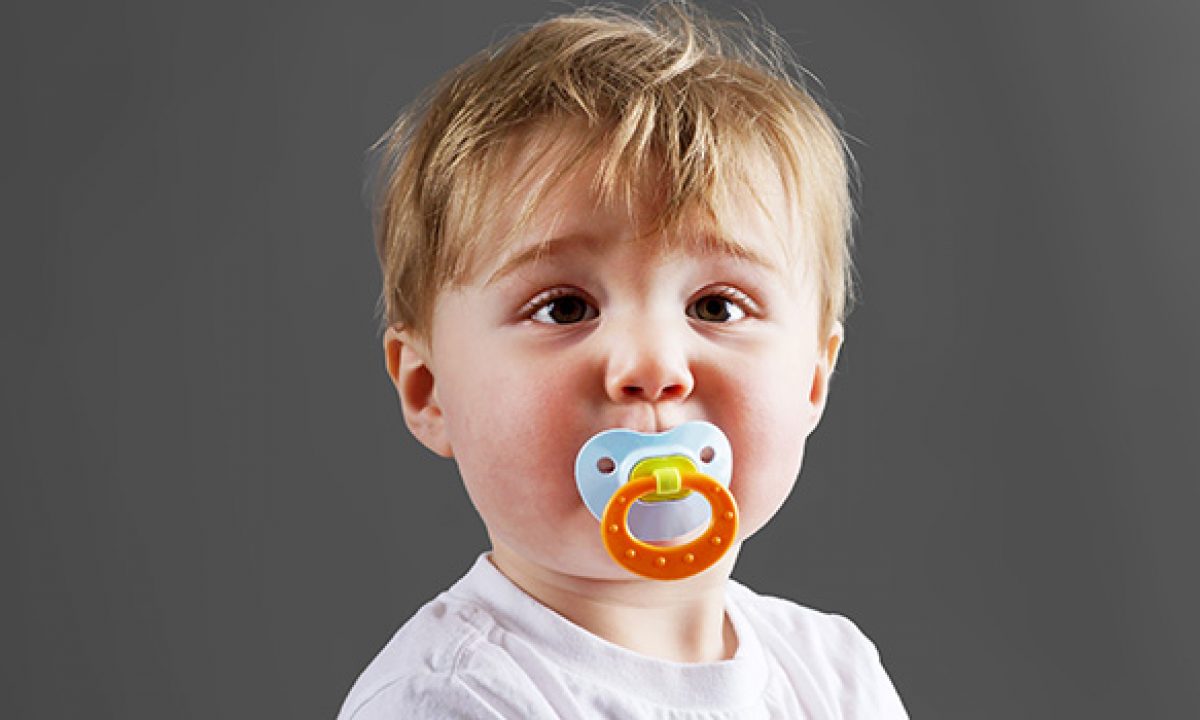If you are wondering how to fix pacifier teeth, the best way is to take the baby to a pediatric dentist for a dental evaluation. This professional can recommend braces or other treatment to correct misalignments and jaw problems. The duration of treatment varies and may be anything from a few months to several years. While surgery is rarely part of the treatment plan for pacifier teeth, it may be necessary to extract one or two teeth to prevent permanent teeth from growing in on top of baby teeth.
Putting sugar on a pacifier
Putting sugar on a pacifier can be an effective solution to a child’s pacifier teeth problem, but it should not be used indefinitely. Sugar is a sugar-based product, and its effects on the pacifier’s teeth can be detrimental. Using sugar on a pacifier can cause cavities. It can also contribute to tooth decay in the long run.
The method is more effective when the pacifier is coated in sugar instead of sucking directly from the pacifier. Parents should not force their children to use pacifiers after they reach 4 months of age. They should gradually reduce pacifier use, either cold turkey or step-wise, and replace the pacifier every six months or so. However, sugar coated pacifiers are not recommended for use during aggressive procedures, as the sugar may cause tooth decay.
In addition to causing tooth decay, pacifier use can lead to crooked teeth and jaw muscles. Using a pacifier for a long time can lead to problems such as ear infections and tooth deformation. Pediatricians recommend weaning your child from pacifiers by the time they’re 4 years old. By that time, the pacifier can be used to reduce the risk of SIDS.
Putting juice on a pacifier
The easiest way to get a child to give up a pacifier is to coat it in a bitter substance. Humans have a natural aversion to bitter substances. Apple cider vinegar or pickle brine, for example, are bitter to children’s taste buds. Therefore, coating a pacifier with these substances will make it less appealing to a child, and they will stop using it altogether.
Sugar is a common additive in some pacifiers, but adding sugar to a pacifier isn’t a good idea. This additive will promote bacterial growth and lead to tooth decay. In addition, it’s not good for a child’s teeth. The best way to fix a pacifier is to wash it regularly to remove any sugar buildup.
Putting sugar on a pacifier while sucking
One way to fix pacifier teeth is to put sugar on the pacifier while your baby is sucking. It works better than sugar taken orally, and it may distract your child from the pain. But be careful not to use this as a method for aggressive procedures. The sensory dominance of sucking will distract your child from the pain, and the sucking activity will provide your baby with a sense of control.
Another way to prevent a child from getting cavities is to avoid pacifiers. This is because pacifiers can harbor bacteria and lead to tooth decay. Therefore, be sure to clean them thoroughly before letting them stay in your child’s mouth. Using a pacifier can also cause your child to choking hazards. It’s also not advisable to share pacifiers with siblings because it may spread bacteria and germs to the other child’s teeth.
Putting juice on a pacifier while sucking
Many children don’t realize that putting juice on a pacifier while they are sucking could help them fix their buckteeth. Sucking a pacifier is an important soothing behavior for babies up to one year old, but after this age, it may not be as effective. As teeth begin to emerge, a child’s pacifier use is becoming less important and may even lead to dental issues in the future.
While pacifiers are useful for replacing non-nutritive food, you should avoid using them to postpone a meal. It is important to get your baby on a regular schedule and avoid forcing pacifier use on them. This will only encourage their habit and make it more difficult to break later. Also, putting juice on a pacifier while they are sucking could encourage your child to continue using a pacifier, increasing their dependence on it.

